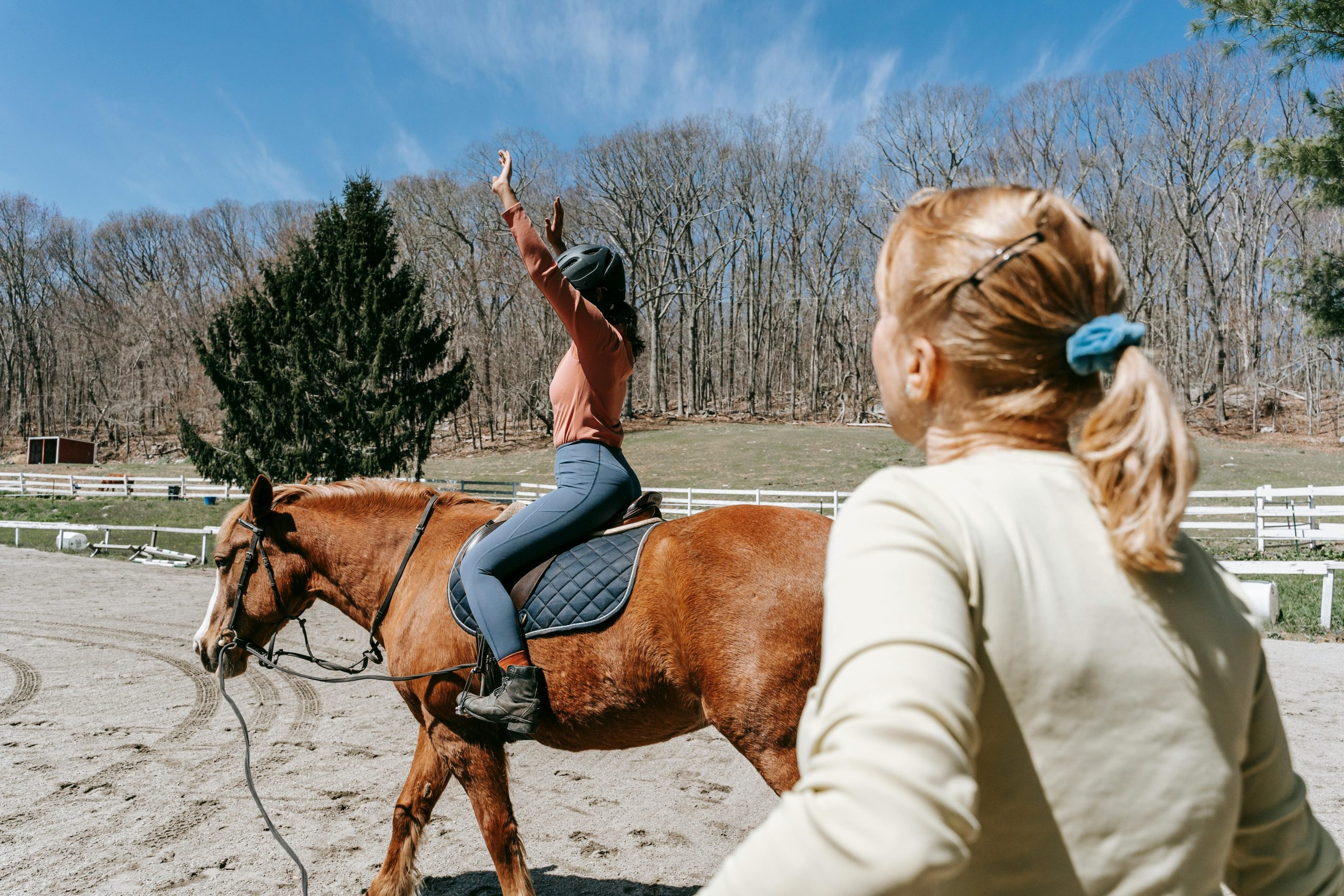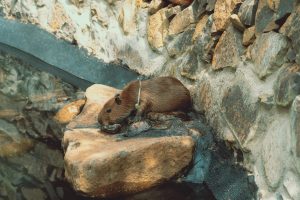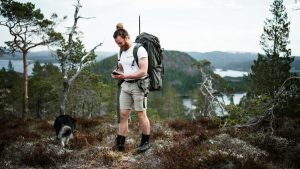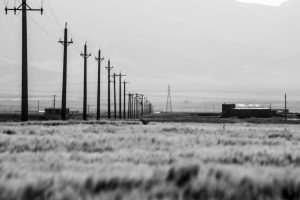Forest Bathing 2.0: Guided Therapy Walks with Biometric Feedback
Nature has always been a source of solace and rejuvenation for humans. With the stresses of modern life, more and more people are turning to nature for its calming and healing effects. One such practice that has gained popularity in recent years is forest bathing. This traditional Japanese therapy involves immersing oneself in the sights, smells, and sounds of the forest to reduce stress, boost immunity, and improve overall well-being. But now, a new and innovative version of this therapy has emerged – Forest Bathing 2.0: Guided Therapy Walks with Biometric Feedback. In this article, we will explore what exactly this new form of forest bathing entails and how it is taking this therapeutic practice to the next level.
The Basics of Forest Bathing
Before delving into the details of Forest Bathing 2.0, it’s important to understand the basics of traditional forest bathing. The practice originated in Japan in the 1980s as a response to the growing interest in nature-based therapy. Inspired by the Japanese belief in the healing power of spending time in nature, forest bathing, or ‘shinrin-yoku’ as it is known in Japanese, involves mindfully experiencing the natural environment using all five senses. The aim of this practice is to slow down and connect with nature in a deeper and more meaningful way.
Why Forest Bathing is Beneficial
There is a growing body of scientific evidence that supports the numerous benefits of forest bathing. Spending time in nature has been found to reduce stress hormones, boost the immune system, and improve mental health. The phytoncides, or antimicrobial substances, released by trees in forests have been found to have a calming effect on the mind and body. In addition, the sensory experience of forest bathing can aid in reducing anxiety and improving overall mood.
Introducing Forest Bathing 2.0
While traditional forest bathing is already a powerful therapeutic practice, Forest Bathing 2.0 takes it to a whole new level. Developed by Dr. Suzanne M. Bartlett-Hackenmiller, a board-certified physician in integrative and holistic medicine, this new form of forest bathing incorporates biometric feedback to enhance the healing benefits of the practice.
What is Biometric Feedback?
In simple terms, biometric feedback is a technique that monitors a person’s physiological responses, such as heart rate and brain waves, to a particular activity or environment. In the case of Forest Bathing 2.0, participants wear devices that measure their biometric data while they are in nature. This data is then used to tailor their forest bathing experience to maximize its therapeutic benefits.
How Does Forest Bathing 2.0 Work?
Participants in Forest Bathing 2.0 are given biofeedback sensors, such as heart rate monitors and electroencephalogram (EEG) devices, to wear while they explore the forest. The sensors track their biometric data, providing real-time feedback on their physiological responses to the forest environment. This allows the guide to customize the experience based on the participant’s emotional and physical state. For example, if the sensors detect a high level of stress, the guide might suggest a certain path or activity to help the participant relax and reduce stress levels.
The Benefits of Forest Bathing 2.0
While traditional forest bathing has numerous benefits, Forest Bathing 2.0 offers some unique advantages. By using biometric feedback, this new form of forest bathing allows for a more personalized and effective experience for each individual. It also provides a way to measure the tangible effects of the therapy, which can be motivating for participants. In addition, the incorporation of technology into this traditional practice can make it more accessible and appealing to those who may be hesitant to try it.
What to Expect During a Forest Bathing 2.0 Session
Forest Bathing 2.0 sessions typically last between 2-3 hours and are led by trained guides who are knowledgeable in both forest therapy and biometric feedback. The hikes are slow-paced and structured to allow participants to fully take in the sights, sounds, and smells of the forest. The guide will also facilitate mindful activities, such as breathing and meditation exercises, to enhance the therapeutic experience. At the end of the session, participants can review their biometric data and reflect on how the forest has affected their mind and body.
In Conclusion
While traditional forest bathing has been practiced for decades, Forest Bathing 2.0 is a newer and more advanced version that is gaining traction in the world of natural therapy. By incorporating biometric feedback, this form of forest bathing offers a more personalized and measurable experience for participants. Whether you are looking to reduce stress, improve your mood, or simply reconnect with nature, Forest Bathing 2.0 may be just the therapy you need. So, next time you’re feeling overwhelmed, why not step into the forest and let nature work its magic on you.











